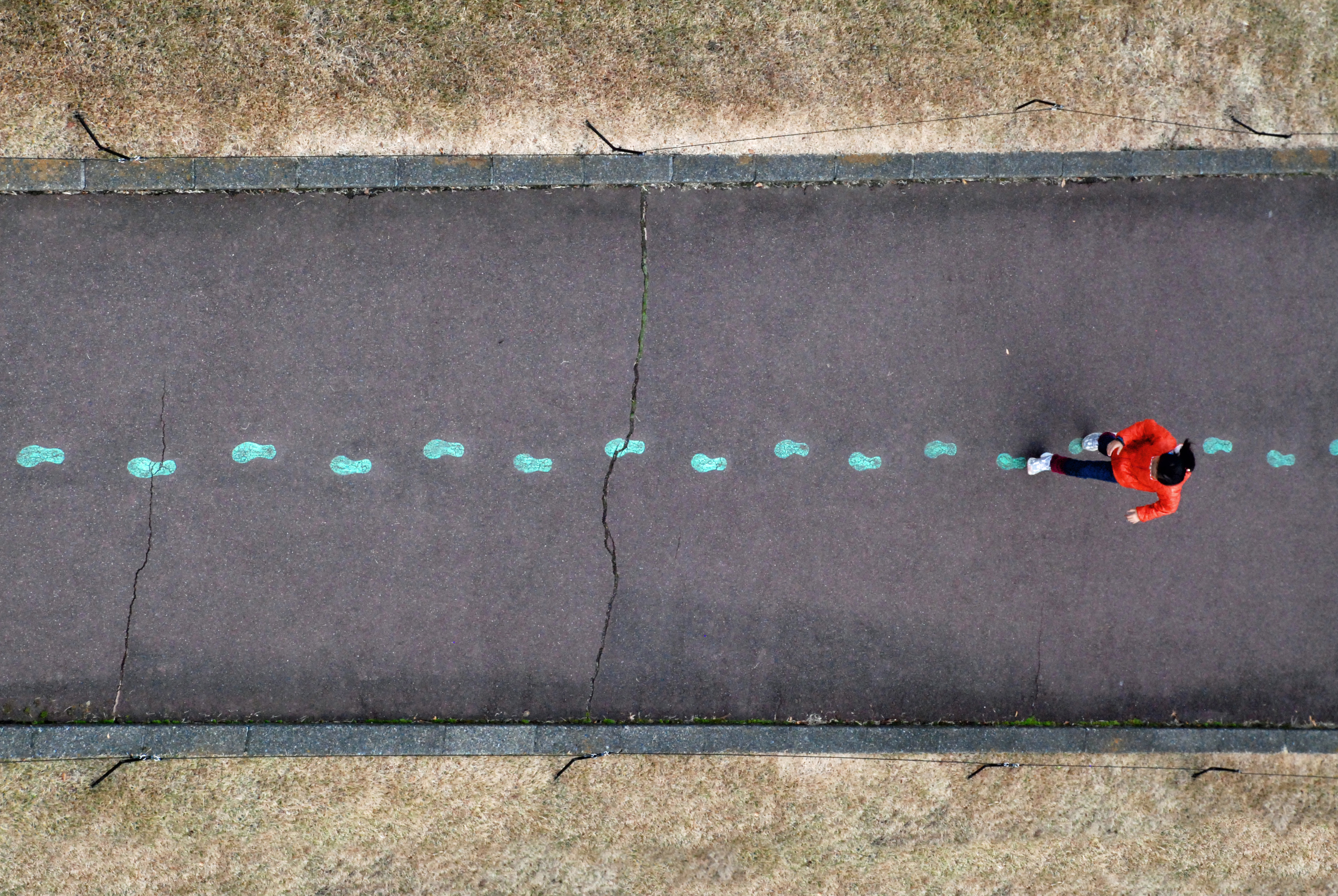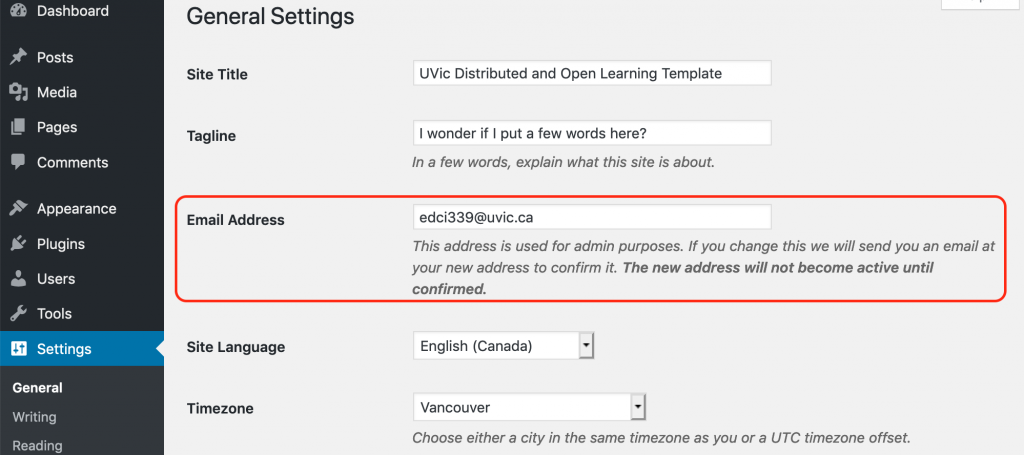Throughout this EDCI 339 course, a lot has been taught about different approaches to learning and teaching. New approaches to learning are necessary, especially ways to complement technology to improve the way that knowledge is shared. For example, in the current pandemic, the teachers that had adopted different teaching approaches, such as online teaching, have had their teaching go on uninterrupted even with the closure of schools in Canada. Below is a reflection of some of the areas that have been covered in the course and how the knowledge can be applied.
An interesting concept that is covered in this course is the theory and practice of pedagogy. Pedagogy is an approach or process of passing knowledge where the theory and the practice of learning impact and are also impacted by the development of learners in various aspects, including social, political, and psychological (Crawford, 2017). A good example of pedagogy is where students and the teachers take different roles, and they combine their efforts to produce work and learning together. The teacher takes on the role of the facilitator to enable the students to realize their goals. Using this approach, all the students and the teacher are equally engaged in the process of passing knowledge. The advantage of this approach is, distractions that are common among students to reduce because they are engaged in the learning process.
Such approaches need to be adopted in the process of sharing knowledge. Soon, such approaches will be essential to make online learning more successful. With the current teaching methods, where the students are only expected to listen, interruptions are likely to affect the concentration of students, generally lowering the quality of the education. However, the pedagogy approach can be used to effectively facilitate online learning without compromising quality. This approach can be applied to future learning and in the meeting of employment goals better. Online learning has also been covered in the course, and solutions to some of the challenges that come with online learning have been covered (Ayala et al., 2018). The biggest discouraging factor in the adoption of online learning is the teachers’ inability to effectively follow up with the students to ensure they perform as expected. And the other challenge is addressing the ethical issues associated with online learning.
The course teaches how to best plan, design, and develop an interactive online learning environment that will address some of the challenges associated with online learning. As days move on, online learning is evolving from being a teaching option to the only teaching option (Colley et al., 2019). This is currently the case as the world deals with a pandemic. The content of this course is, therefore, very applicable. The course has also imparted knowledge about the different principles of learning design and how they can increase the effectiveness of different learning approaches and ensure their learning experiences are appealing to their learners. This knowledge can go a long way in ensuring that those who have covered this course are adaptive to the environment, and they can change to best satisfy the needs of their learners.
My fellow students have appreciated the knowledge they have gained from this course. Guided by some of the reviews that have been posted on Twitter using the hashtag #edci339, most students agree that open and online learning is possible using social platforms such as Twitter and Instagram to share knowledge. Open learning can allow students to learn better and be guided by their interests to ensure they gain the most.
In summation, the knowledge that has been provided in this course is applicable. As the world continues to evolve at a fast pace due to technology, new teaching approaches, such as online learning, have huge utility. The concepts of this course can enable it, learners, to be more flexible and enable them to adapt to the needs of their learners.
References
Ayala, J., Drolet, J., Fulton, A., Hewson, J., Letkemann, L., Baynton, M., … & Schweizer, E. (2018). Field education in crisis: Experiences of field education coordinators in Canada. Social Work Education, 37(3), 281-293.
Colley, P., Schouten, K., Chabot, N., Downs, M., Anstey, L., Moulin, M. S., & Martin, R. E. (2019). Examining Online Health Sciences Graduate Programs in Canada. The International Review of Research in Open and Distributed Learning, 20(3).
Crawford, R. (2017). Rethinking teaching and learning pedagogy for education in the twenty-first century: blended learning in music education. Music Education Research, 19(2), 195-213.

